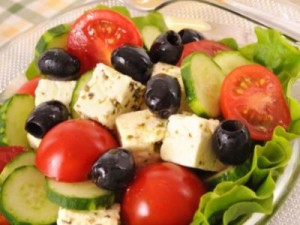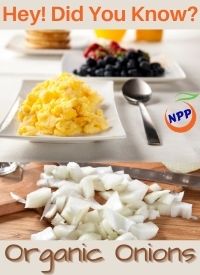Scroll down to listen to the audio!
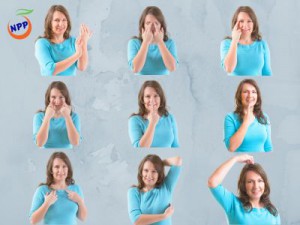
Imagine how it would feel to rid ourselves of triggers that cause us to react to uncomfortable situations with angry words that are blurted out and that we later regret. These often come from childhood traumas (big T and little t). As children, we didn’t have the vocabulary or the permission to express our feelings. Remember this one? “Children should be seen and not heard”.
Each of us has stored, unexpressed, and unresolved anger deep within our subconscious. We aren’t even aware that it is there, until we explode verbally, or even physically, in an inappropriate manner. It may even present with physiological symptoms; anything from a cold or flu to a full blown autoimmune disease. This intense emotion can cause constant feelings of low-level anxiety, fears that limit us, or even thoughts that make us feel unworthy or “not good enough”.
During stressful periods, the amygdala, the survival portion of our brain, our Sympathetic Nervous System, is activated and puts us into a fight or flight mode. It was designed to protect and keep us safe, as it did centuries ago, if we were being chased by a tiger in the wild. It was supposed to be activated temporarily, only when we found ourselves in dangerous situations. But, today, we are bombarded with news reports of climate change, the economy, wars throughout the world, compounded by our own daily worries regarding health, financial, and family issues. This causes the amygdala to remain vigilant most of the time, keeping us in a constant state of stress. This anxious state makes it difficult to access our prefrontal cortex, the intelligence portion of the brain. It limits us while writing a test or exam, delivering a presentation, or when trying to find a solution to a problem. The blood leaves the brain and rushes to our extremities, allowing us to fight or run away. The brain’s first order of business is always to keep us alive.
So how do you send a calming signal to the brain to let it know that you are ok? There is an easy, portable, and free solution. Something that you can do any time of day and/or night that will begin to quiet the voice in your head, your ego, that tells you that you’re unsafe or not enough. It is called Tapping, EFT, or Emotional Freedom Technique. There have been hundreds of studies proving the validity of Tapping. It is said to “affect the body’s biochemistry such as immunity and blood pressure”, even the brain, and decrease cortisol levels, elevated by stress. You begin to feel better, have increased energy, sleep is improved, and fear and anxiety are diminished. Tapping puts us back into the Parasympathetic Nervous System, our state of rest, digest, and reset.
During each tapping session, begin by selecting one issue like anger, poor sleep, fear, pain, illness, or present or past bad memories. Be as specific as possible. Give it an emotional rating of 0-10, with 10 being the strongest or worst. When at a high number, it is almost impossible to bring the level down simply by self-talk. Tapping will lower your emotional level and allow you to begin to see things differently.
If finding the words is difficult for you, try writing down all the things that upset you that day and tap on the words written on that piece of paper. Or, begin with a physical issue, as if you are complaining to your best friend. If your traumas frighten you or seem unmanageable, try working with an EFT Practitioner.
During each session, start with where you are right now. Rate the emotion or issue out of 10. Begin by tapping on the side of the hand, the karate chop, repeating your phrase 3 times. Each phrase will begin with something that is negative and end with acceptance or something hopeful, like the following phrases:
“Even though I behaved badly today, I thoroughly love and accept myself”.
“Even though I wasn’t kind to my friend, I deeply and completely accept myself”.
“Even though my back is killing me, I choose to relax and feel my body heal”.
“Even though I am stressed about my finances, I give myself permission to relax.”
“Even though I feel very angry, I choose peace and calm.”
“Even though I am feeling all of this anxiety, I acknowledge and accept how I am feeling.”
Next, tap 8-10 times (or whatever feels comfortable) on each of the following meridian points. State “the limiting belief” and tap, using your index and middle fingers.
Inside of the brow – “Sleep”
Side of the eye – “I need sleep”
Under the eye – “I am so tired”
Under the nose – “I haven’t slept in days”
On the Chin (in the crease) – “why can’t I sleep”
On the collar bone – an inch below the bone, in the soft tissue – “I want to sleep”
Under the arm – mid bra line or one hand width below the armpit – “Is something worrying me?”
On top of the head – in a straight line, in a circle, or in the middle – “I need to sleep”.
Keep tapping for a few rounds. When you feel complete, stop and take a deep breath in through the nose and breathe out through the nose. Notice if you are taking deeper breaths. Is your breathing slower, calmer, and more even? Rate your issue. If the number has come down, you are headed in the right direction. If you are not at a 0, 1, or 2, repeat, beginning again with the Karate Chop, repeating your phrase 3x and then tapping on the points. Or, if a more pressing thought has come up, rate and then tap on the new thought. Always begin with the Karate Chop point.
I find it helpful to tap a few rounds on what is bothering me and end each tapping session with a turn-about by changing to positive phrases. For example, “I am ready to sleep”; “my sleep is improving”; etc. End each set by taking a deep breath in and then breathing out. Remember to rate your issue from 0-10 before and after each tapping session.
You can tap in a circle, in a line, or just by holding each point. You can speak out loud or think the words in your head. You can tap with one hand or both hands. It is important to begin with tapping 3x on the side of the hand so that the issue is clearly defined, followed by tapping on the meridian points as many times as needed. Begin with the negative and, if beneficial for you, end with the positive.
A great support is to download the APP: “The Tapping Solution” created by Alex, Nick, and Jessica Ortner. Many of the tapping sessions are free. You can also purchase a yearly subscription, in order to access the locked sessions. They offer free Tapping Challenges throughout the year. Alex has also written a book for children, “Gorilla Thumps and Bear Hugs: A Tapping Solution Children’s Story” helping kids to be comfortable with being themselves. Last spring, I even taught my 5-year-old grandson to tap. Whenever he got upset, I would begin to tap on him and he would start to giggle and forget about what upset him in the first place.
My last piece of advice is to make this a daily habit. It can only work if you use it. Tap every night, before bed, putting you into a perfect state of calm for sleep. Kickstart your day, on a positive note, by incorporating a morning tapping routine. In just a few moments, it will boost your mood and elevate your energy levels, giving you a sense of empowerment and allowing you the emotional freedom to be yourself.
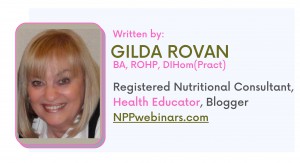
*Audio for those in need or who prefer to listen to our blogs:
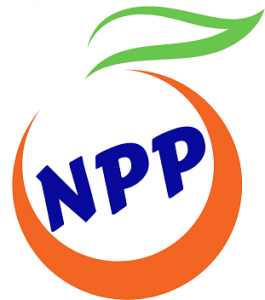
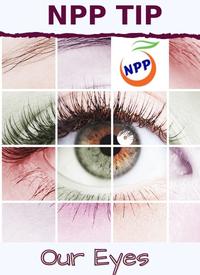 How many of us take our eyes and our eyesight for granted? This is usually the case, until we are faced with limited vision, or are diagnosed with an eye condition, like conjunctivitis, night blindness, dry eyes, blurred vision, cataracts, glaucoma, macular degeneration, or, most terrifying of all, blindness. Yet, the loss of our sight would impact our lives in countless ways.
How many of us take our eyes and our eyesight for granted? This is usually the case, until we are faced with limited vision, or are diagnosed with an eye condition, like conjunctivitis, night blindness, dry eyes, blurred vision, cataracts, glaucoma, macular degeneration, or, most terrifying of all, blindness. Yet, the loss of our sight would impact our lives in countless ways.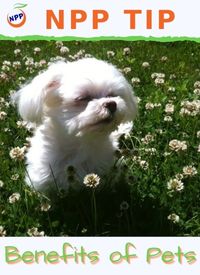
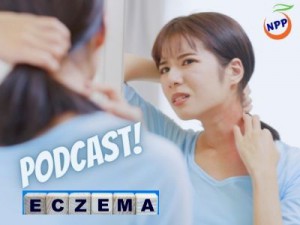 Are your drainage pathways congested? Your body’s terrain and level of toxicity impact your skin. How can we open the routes of elimination in a gentle and safe manner? How do your liver and kidneys impact your skin? Does an imbalance in bacteria, aka Dysbiosis, affect your skin? Is there a difference between Drainage and Detoxification?
Are your drainage pathways congested? Your body’s terrain and level of toxicity impact your skin. How can we open the routes of elimination in a gentle and safe manner? How do your liver and kidneys impact your skin? Does an imbalance in bacteria, aka Dysbiosis, affect your skin? Is there a difference between Drainage and Detoxification?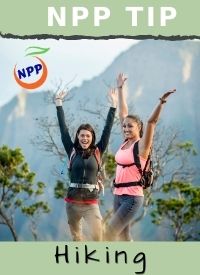

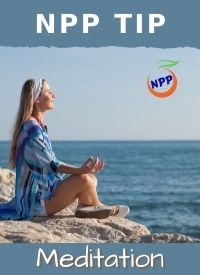
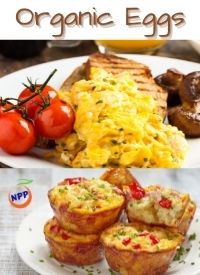 Eggs are referred to as one of the “most perfect” sources of protein – six grams of protein in just one large egg – and have even been called “superfoods”. In Healthline, it reads that “an egg contains all the nutrients required to turn a single cell into a baby chicken” and that “eggs are among the most nutritious foods on the planet”.
Eggs are referred to as one of the “most perfect” sources of protein – six grams of protein in just one large egg – and have even been called “superfoods”. In Healthline, it reads that “an egg contains all the nutrients required to turn a single cell into a baby chicken” and that “eggs are among the most nutritious foods on the planet”.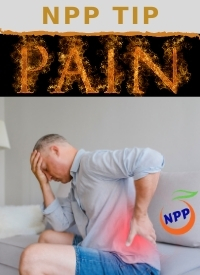

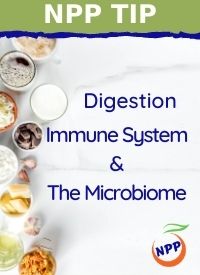 In North America, many of us are obsessed with cleanliness. Actually, we need to be exposed to bacteria, fungi, and viruses in order to have a healthy, strong immune system. By killing off our good bacteria with antibiotics, stress, cortisone, and chlorinated drinking water, we leave the field wide open to pathogenic, dangerous bacteria. Too many hand sanitizers and anti-bacterial soaps can change our PH and, in turn, mess with our immunological balance. Also, chemicals in plastics, cosmetics and clothing may negatively affect our microbiome which in turn affects the integrity of the small and large intestines.
In North America, many of us are obsessed with cleanliness. Actually, we need to be exposed to bacteria, fungi, and viruses in order to have a healthy, strong immune system. By killing off our good bacteria with antibiotics, stress, cortisone, and chlorinated drinking water, we leave the field wide open to pathogenic, dangerous bacteria. Too many hand sanitizers and anti-bacterial soaps can change our PH and, in turn, mess with our immunological balance. Also, chemicals in plastics, cosmetics and clothing may negatively affect our microbiome which in turn affects the integrity of the small and large intestines.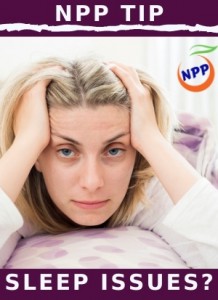
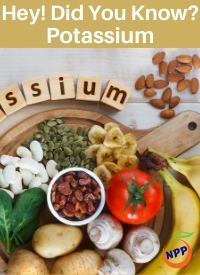
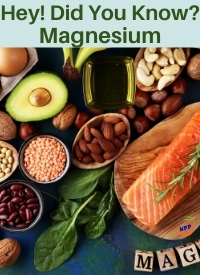
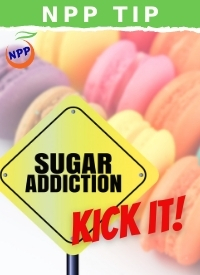
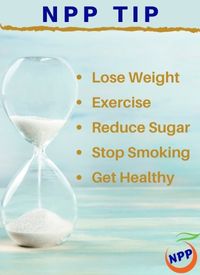
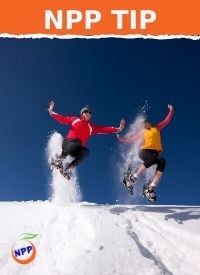 Winter, in Canada, is a magical season but, generally, the streets and hills are covered with snow and ice. Walking, running, and even hiking are not as easy or as safe as they were during our other three seasons. So, how do we exercise and stay in shape out of doors during the winter months? We suggest Snowshoeing, originally used by Native Americans and European Explorers to forage for food and travel through deep snow for almost 4000 years, and even longer in Central Asia.
Winter, in Canada, is a magical season but, generally, the streets and hills are covered with snow and ice. Walking, running, and even hiking are not as easy or as safe as they were during our other three seasons. So, how do we exercise and stay in shape out of doors during the winter months? We suggest Snowshoeing, originally used by Native Americans and European Explorers to forage for food and travel through deep snow for almost 4000 years, and even longer in Central Asia.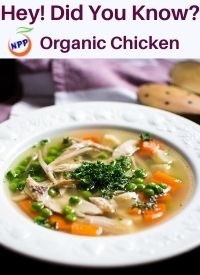
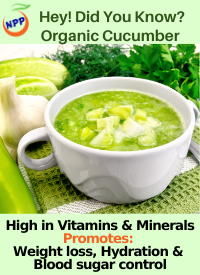 Organic Cucumbers, actually members of the fruit family, have a high water content (95%) and are packed with B vitamins, vitamin A, and antioxidants. They were once thought of only as a great addition to green salads, or a side to a meal, adding variety, colour, and a light, pleasant taste. They are now seen as helping with weight loss, constipation, blood pressure, skin, eyes, and bones while, at the same time, keeping you hydrated. You will derive even more benefits if you eat the entire cucumber, including the seeds and skin, after a thorough scrub and wash.
Organic Cucumbers, actually members of the fruit family, have a high water content (95%) and are packed with B vitamins, vitamin A, and antioxidants. They were once thought of only as a great addition to green salads, or a side to a meal, adding variety, colour, and a light, pleasant taste. They are now seen as helping with weight loss, constipation, blood pressure, skin, eyes, and bones while, at the same time, keeping you hydrated. You will derive even more benefits if you eat the entire cucumber, including the seeds and skin, after a thorough scrub and wash.